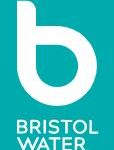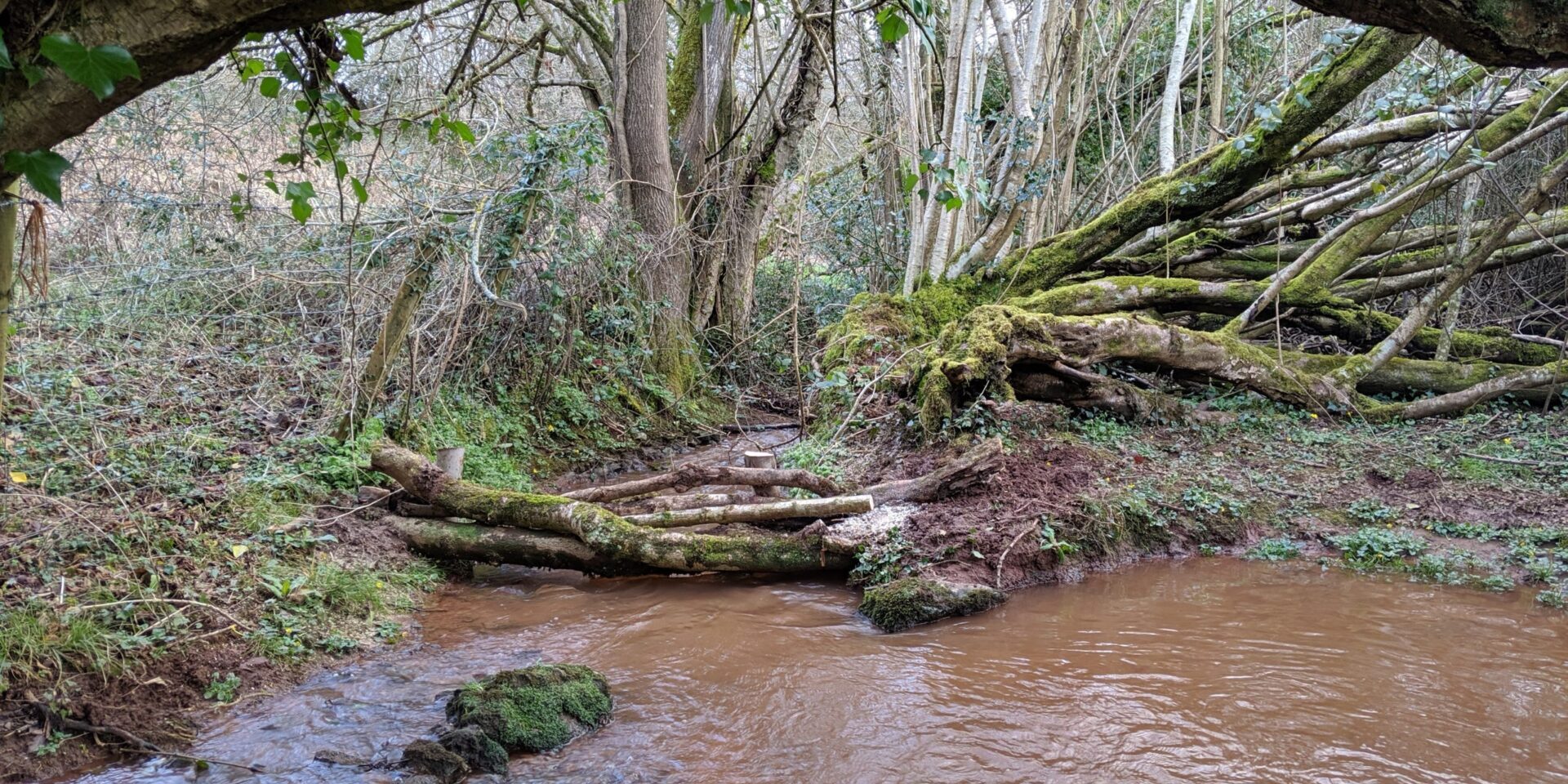BART has installed a series of ‘leaky dams’ that will help contribute towards “slowing the flow” and deliver for multiple benefits along a small tributary of the Winford Brook
This particular scheme was identified during BART’s 2019/20 Winford Brook catchment wide survey funded by Bristol Water. BART has identified several schemes throughout the Winford Brook that if implemented, would contribute towards delivering multiple benefits including “slowing the flow” during high flow conditions, reducing sediment and nutrient inputs thus improving water quality.
By imitating natural tree fall across the channel, the leaky dams will hold back water during high flows, allowing the stream to fill its channel capacity and in places, reconnect the adjacent floodplain.
The structures have been designed to allow a continuous base-flow to pass beneath the structures so that connectivity of water, sediment and aquatic biota is not impacted during average to low-flow conditions. In effect, the leaky dams will only function during higher flow conditions.
Acting as human beavers, BART’s operatives harvested local timber from the densely vegetated banks of the stream and strategically secured the timber limbs across the channel in locations where there are opportunities to reconnect the floodplain and create backwaters.
The leaky dams were constructed in a way that allows some water to ‘leak’ through the structure so that the water body does not become completely impounded. Harvested timber was stacked in as natural a way as possible, to blend in with the surrounding environment. The leaky dams were secured in place using chestnut posts which were secured to the river bed. Small quantities of galvanised steel wire was used to secure timber to the chestnut posts and adjacent trees; BART minimised the use of wire by utilising natural anchors on the banks to hold them in place.
BART installed a total of four leaky dams throughout this tributary, as the first phase of an Environment Agency funded “Working with Natural Processes” project. The second phase will involve the creation of an in-field bund to temporarily store surface water and flood waters in the corner of a steep sided field. As well as temporarily storing water, the bund will also reduce sediment (and nutrients) being washed off of the field and into the watercourse – thus improving water quality of the stream.
BART plan to raise additional funds to deliver several other schemes that have been identified through BART’s catchment wide survey work and landowner engagement.
The accumulative affect of multiple small-scale interventions such as this scheme, could benefit the health of the Winford Brook and deliver multiple benefits to both people and the environment.
If you wish to find out more about this project, please get in touch with Project Manager, Simon Hunter at simon@bristolavonriverstrust.org.









